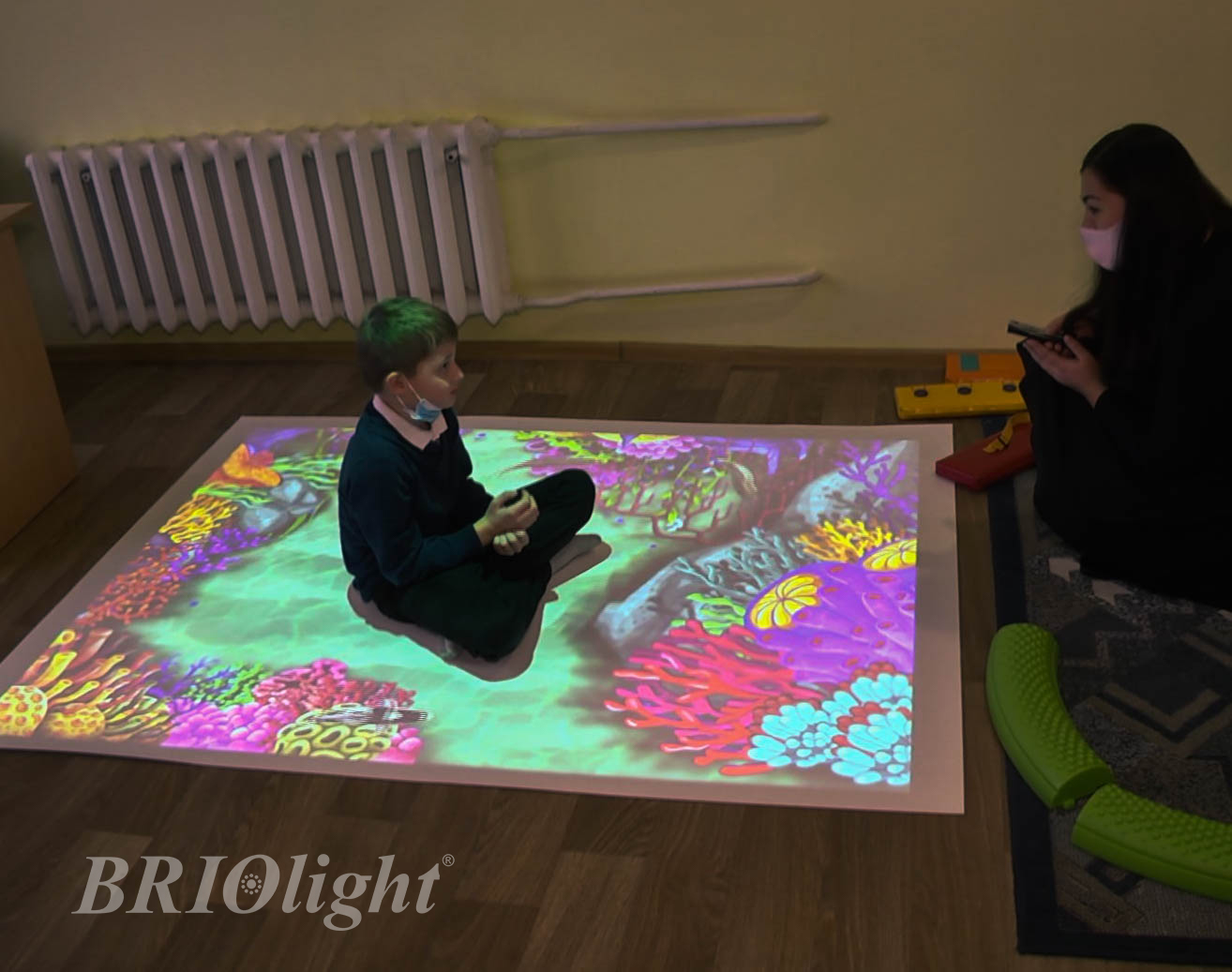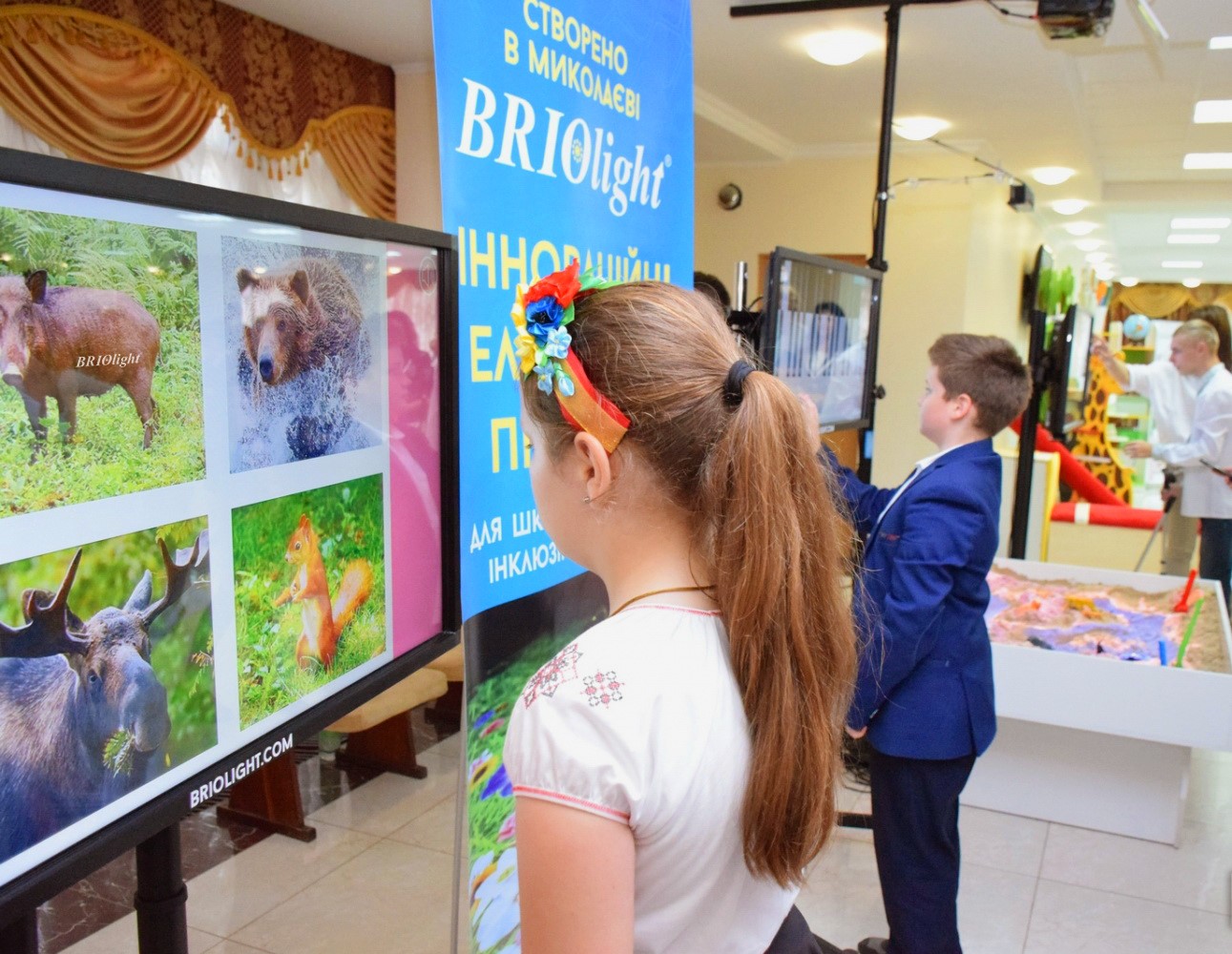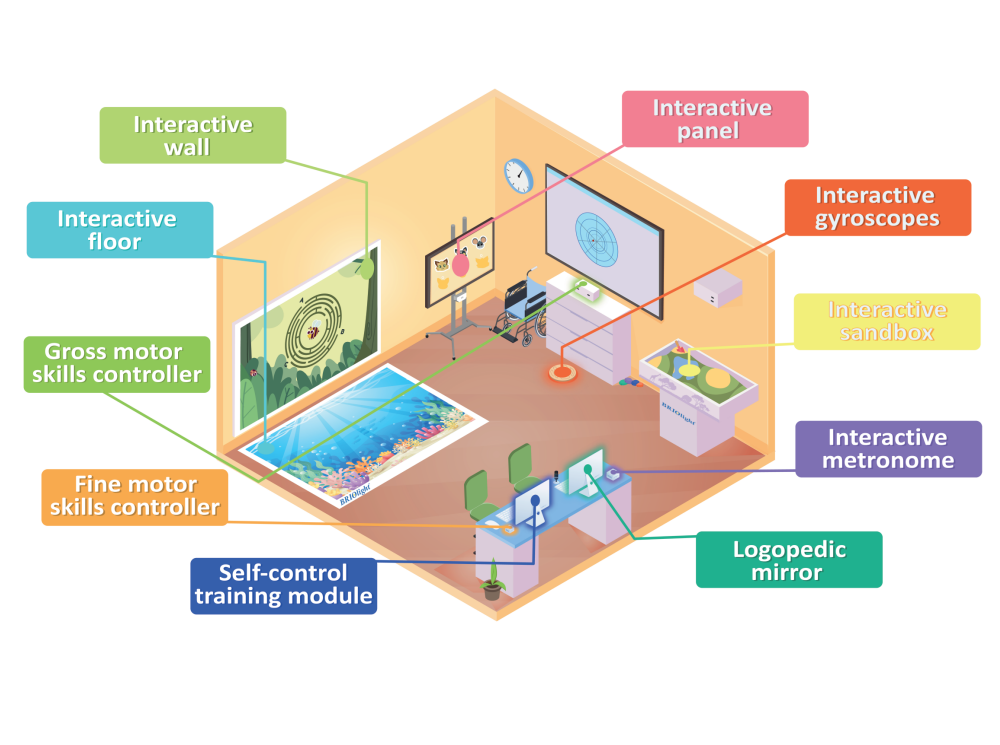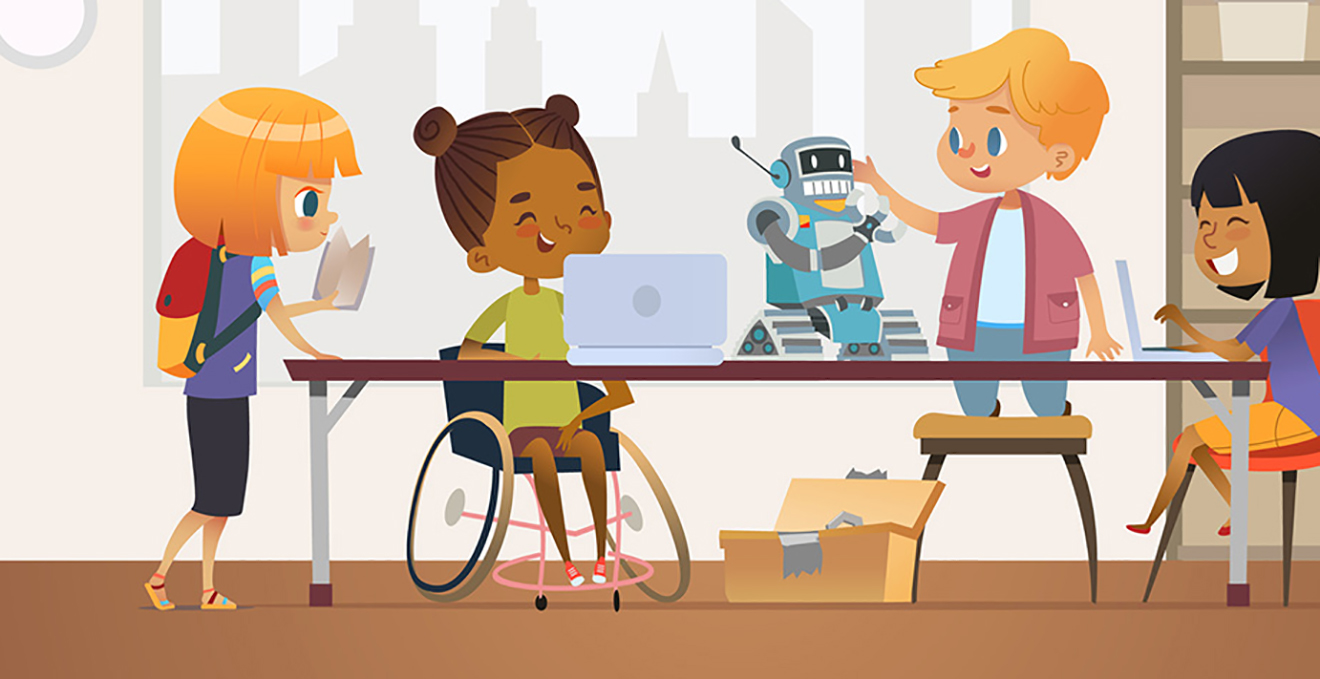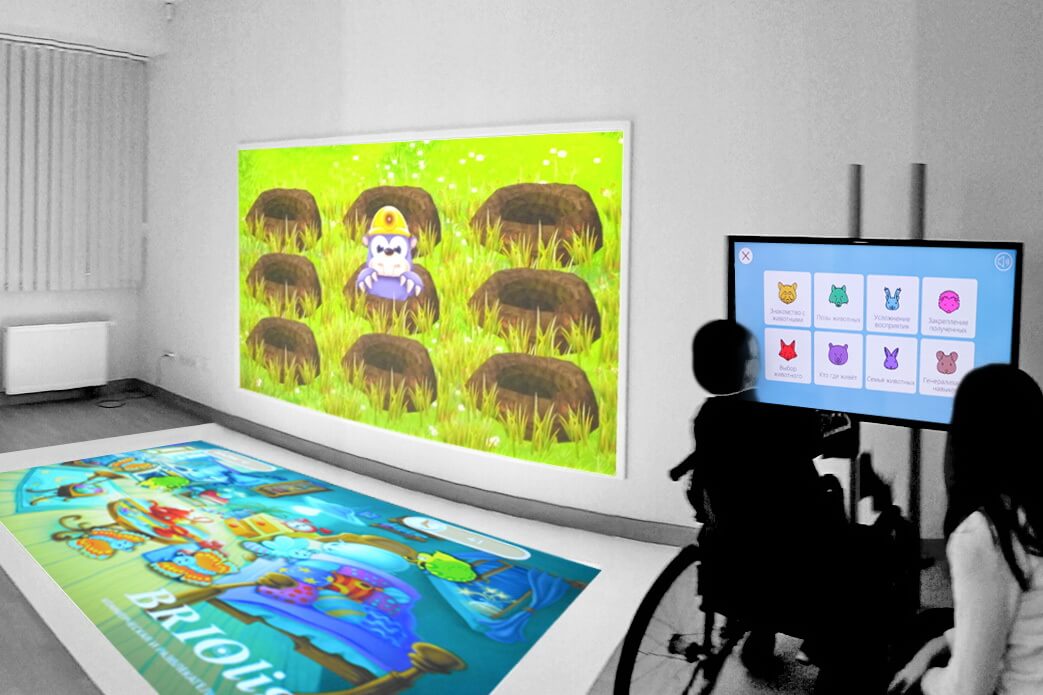Sensory games for the correction of autism spectrum disorder
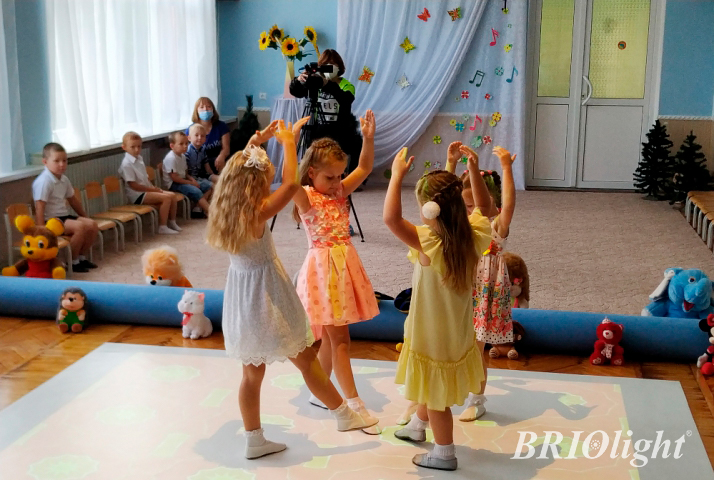
ASD – a neurodevelopmental disorder that usually manifests itself from an early age and directly affects behavior in society according to ICD-10.
Despite the manifestations of autistic behavior in early childhood, they may not always be detected until certain circumstances occur, for example, until the child has gone to kindergarten or elementary school.
The correction and rehabilitation of children with autism spectrum disorder combines different approaches that, if necessary, can be combined with each other.
One of the methods for correcting this nosology is sensory therapy. For her, the teacher defectologist, speech therapist, psychologist, etc. needs to properly equip the space for training, rehabilitation, communication with the child.
Initially, the room should have a window for ventilation of the room, which lets in enough sunlight. But to suppress excess daylight, be sure to use curtains or blinds. They will also be useful for working in the room in the future.
In addition, one should not forget about additional light sources, the use of adjustable backlighting is welcome in rehabilitation rooms. In the absence of multi-color LED backlighting, you can use lamps or bedside lamps, as well as lava lamps, which are used in light therapy.
Furniture requirements for working with a child with ASD also differ. The room must have upholstered furniture on which the child can sit and relax (for example, a beanbag chair, ottoman or sofa). Such furniture, as a rule, does not have sharp corners and reduces the possibility of the child being injured. This is an important criterion, since the correction program for children with autism spectrum disorder includes active play and sports. They are needed to develop a sense of balance, help strengthen muscles, train the vestibular apparatus.
In addition to active games, sensory games are used in the rehabilitation process. They help the child to better feel the world and recognize it. These games usually combine elements of the game. This approach fills children with positive emotions. Correctional games develop the following skills:
- visual (color, size, shape of objects)
- auditory (sounds, music)
- tactile (texture of material, holes in toys, lacing)
- olfactory (smell of food, natural materials)
- gustatory (taste of various products )
- motor (orientation in space, balance)
Interactive equipment Briolight is suitable for such games. For example, in the interactive floor of Briolight E for the correction of the autism spectrum, there are 57 recommended effects that have been developed in collaboration with practicing psychologists and defectologists. In addition, in general, the platform includes more than 120 effects aimed at correcting other nosologies.
Types of different touch games:
With color. Drawing on paper, glass, interactive panel, or table. These games involve not only visual but also tactile sensations.
With water. Water has a positive effect on the emotional state and helps to relax. Water can be poured into different containers, splashed on the sand, interact with the “Water” effect on the interactive floor.
With loose. Playing with loose products develops fine motor skills of the hands, which is necessary for autistic disorders. In such games, you can use cereals or sand. The Briolight interactive sandbox can be a great tool and at the same time will not allow you to spread bulk mixtures around the cabinet and beyond.
With light. For games with light, multicolor lighting, lamps and other light sources, projectors, and mirrors for creating sunbeams are great.
On the move. Jumping, throwing the ball, running, splashing in the palm of your hand. This is all aimed at strengthening muscles, a sense of balance, and the development of physical activity. To stimulate activity, specialists often have to use additional devices: tape recorders with music, touch tracks, an interactive floor, and more. At the same time, we note that the teacher must constantly regulate the load and external signs of fatigue when playing games aimed at activating children with ASD.
Play techniques make it easier to adapt to a specific situation in society. They also help to make friends with other children. Different children can perceive the same games in different ways, so do not forget about the individual approach.





